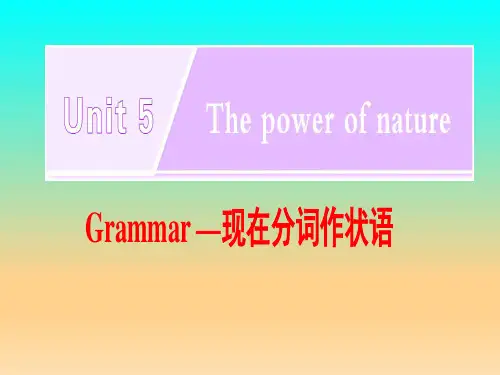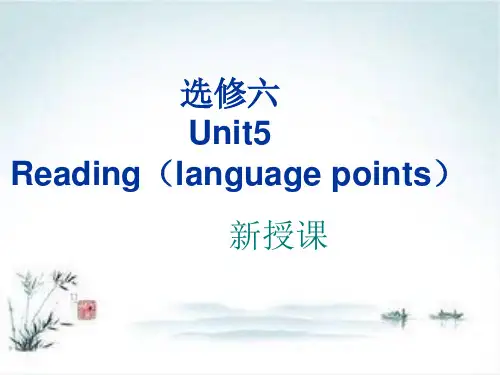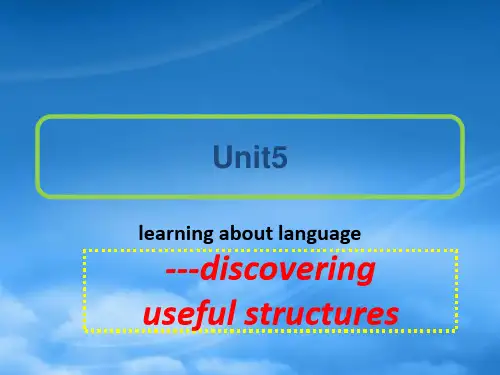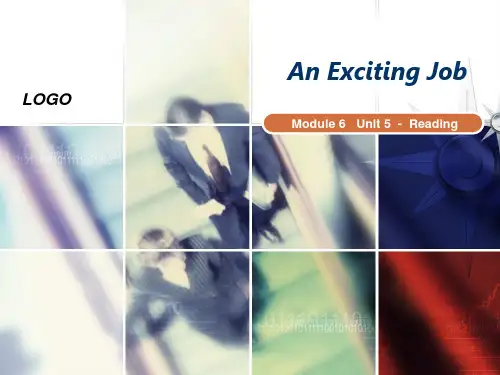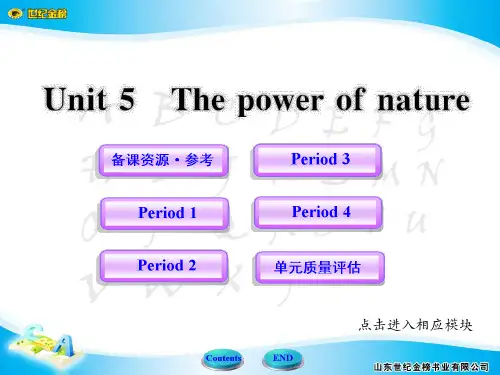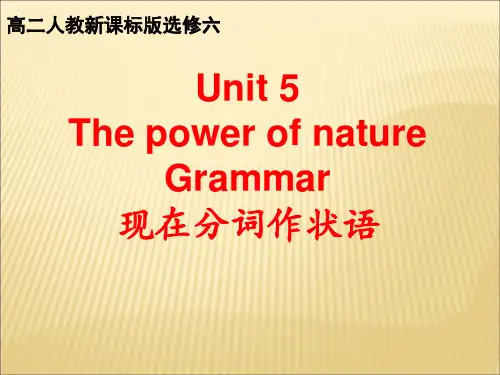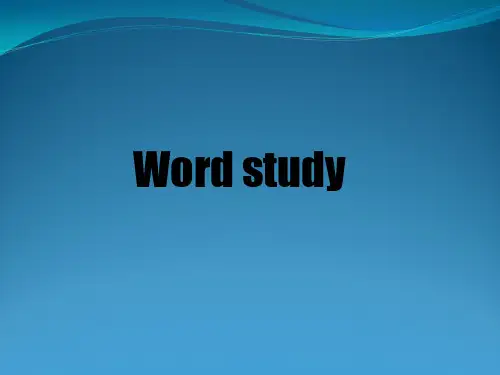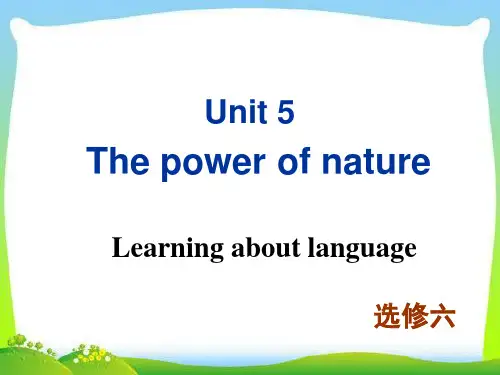分析: 前一例中的-ing形式短语在句子中作伴随状语, 它与其逻辑主语the enemy之间为主动关系; 后一句中的 过去分词defeated和frightened表原因, 它与其逻辑主语 the enemy之间为被动关系。
ቤተ መጻሕፍቲ ባይዱ
3. 分词短语做状语时, 前面可以加上连词或介词, 但是分词短语和句子之间不能用并列连词(如but, and), 因为并列连词接的是两个并列成分, 而分词 短语只是全句的一个状语部分, 分词和主句之间可 用逗号。 Eg. 正:When seeing from the top of the hill, you can
Finding her car stolen, she hurried to a policeman for help.
The train having gone, we had to wait another day.
分析:前一例中, -ing形式的逻辑主语为主句的主语。
后一例中having gone的逻辑主语是 the train。
判断正误
Opening the window, a butterfly flew into my study. [误] Opening the window, I saw a butterfly flying into my study. [正] Standing on top of the tower, the whole city comes into our view. [误] Standing on top of the tower, we can get a view of the whole city. [正]
2.作原因状语 相当于一个原因状语从句,同时也可以转化
为一个原因状语从句。 Not knowing English , he couldn’t understand the film. 3.作伴随/方式 状语,表示一个次要的动作。
